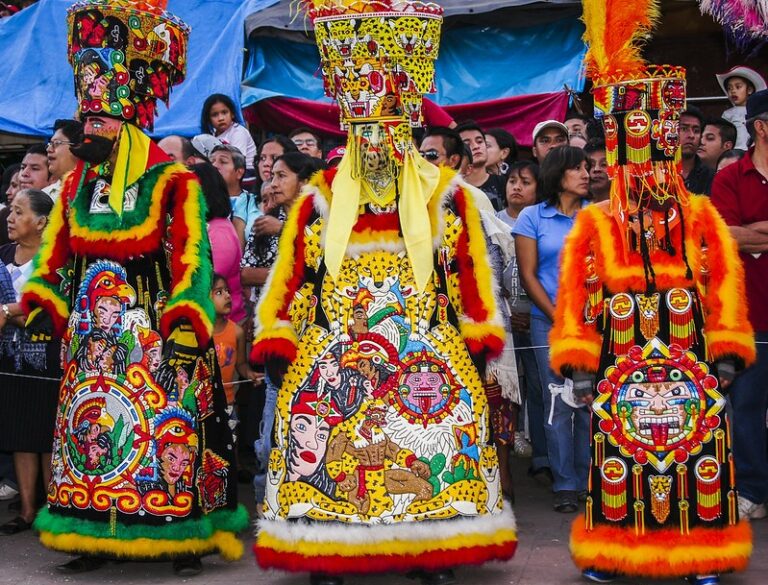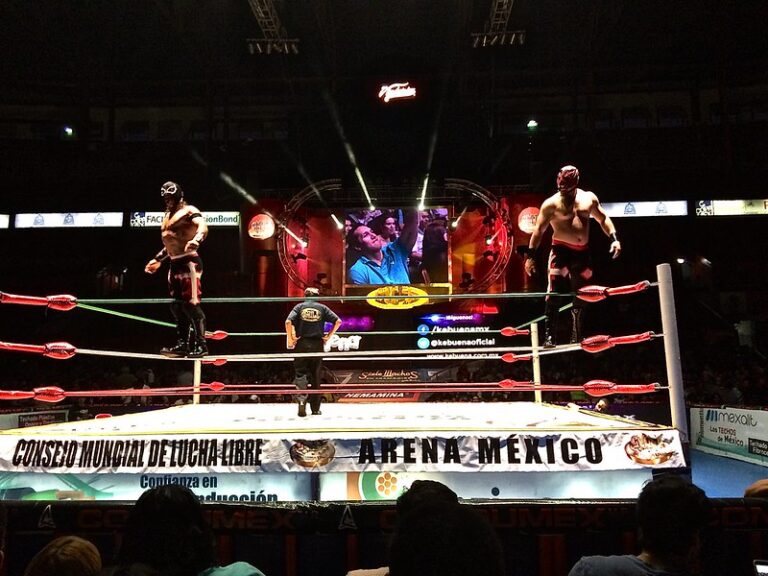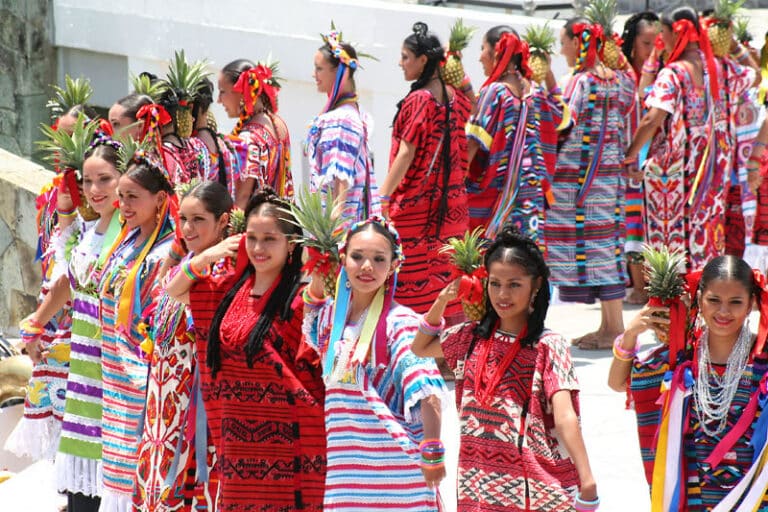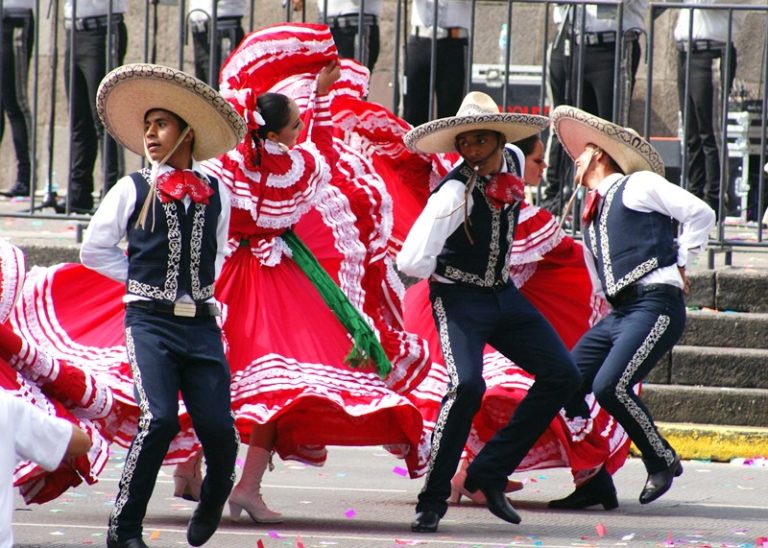Mexican Serape Blankets: Weaving History, Culture, and Comfort
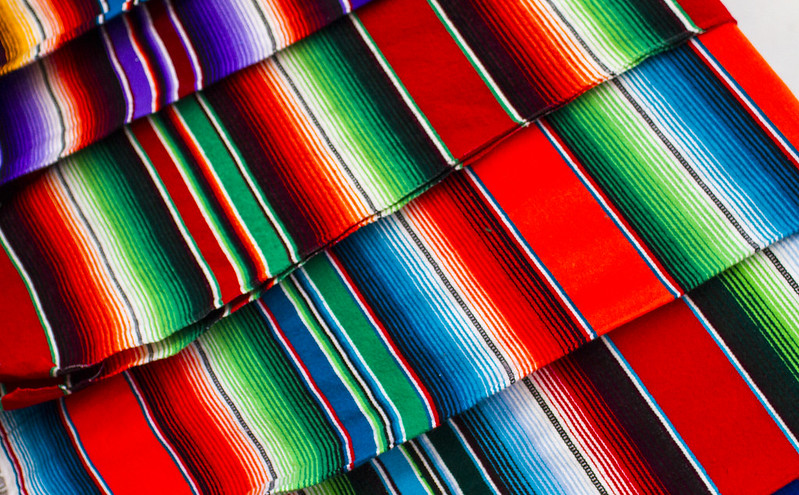
Mexican Serape Blankets: Weaving History, Culture, and Comfort
The serape is a unique garment, full of passion and culture, that has accompanied Mexicans since colonial times.
It has been used by peasants, landowners, artisans, charros, revolutionaries, generals, and even artists throughout history.
Serapes are among the most valued and recognized Mexican pieces worldwide for their delicate artistry and extraordinary designs that capture the history and identity of our country.
The serape cannot be left out if we talk about typical Mexican garments and costumes, such as the huipil, the guayabera, the reboso, or the charro costume.
What is the history of Serape?
Serapes were brought by the Spaniards in the sixteenth century during the conquest and were used by the country’s people and landowners.
Although the serape blanket began as a regular piece of clothing (mostly worn as a shawl), it is now used as a living room or kitchen decoration.
In addition, it has become a representative garment of the charro outfit.
You can find it in historical characters, for example, Venustiano Carranza and Emiliano Zapata, and inspiration for artists such as Diego Rivera in his cubist painting “El Paisaje Zapatista” of 1915.
The important influence of Saltillo, Mexico
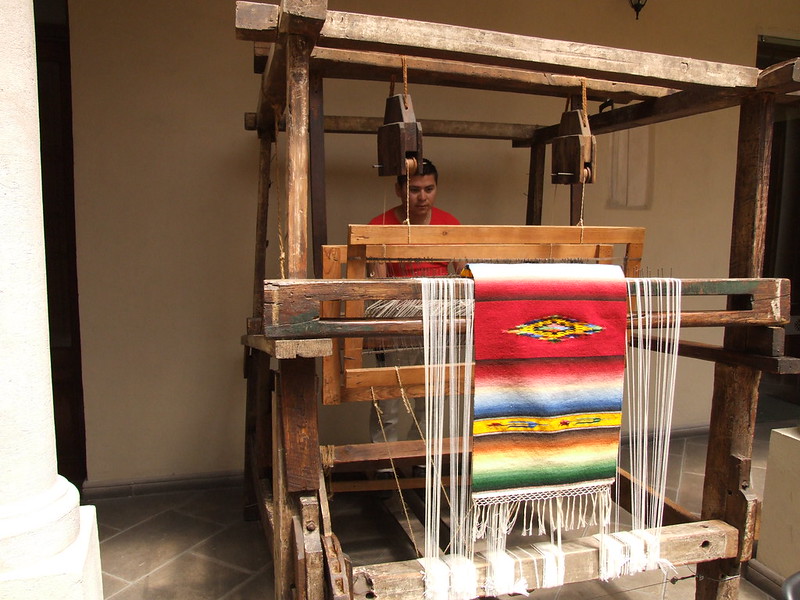
The tradition of weaving on pedal looms in the mid-18th century comes from the Tlaxcaltecas, allies of the Spanish Crown in colonizing northern Mexico.
These artisans settled in some localities of Querétaro, San Luis Potosí, Coahuila, and in Taos, New Mexico, the Rio Grande Valley, and San Antonio, in the United States.
The cattle ranches in these regions ensured the raw material and the market for high-quality serapes, which became the favorite of those attending the fair in Saltillo.
During the colonial period, several cities competed with the serapes made in Saltillo.
Little by little, this name became associated with a particular style characterized by its excellent technique, color, and design.
Another influence seems to be found in some weavings of the country, for example, in Aguascalientes and San Miguel de Allende.
How do you wear a serape?
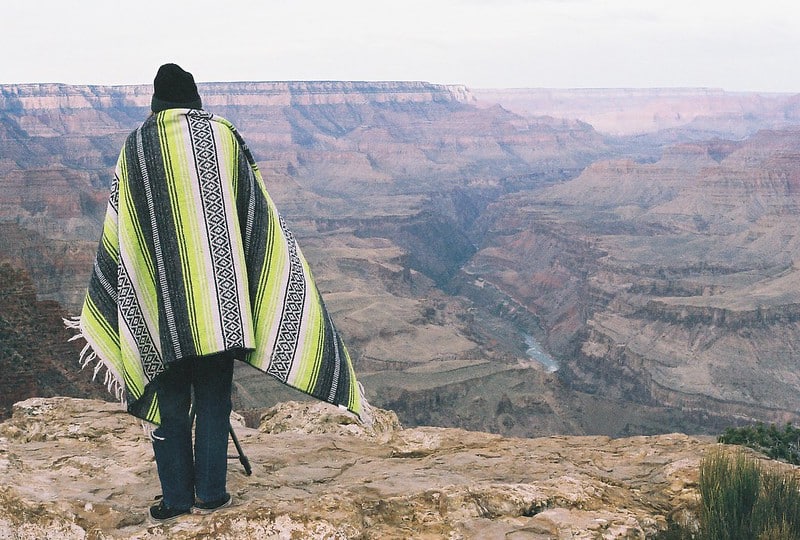
I could say that serape is the male equivalent of a women’s shawl.
But in reality, it has multiple uses. It can be used as a coat, pillow, blanket, bed cover on cold nights in the mountains and deserts, an improvised cape in the rodeos, and a protective raincoat.
Due to the fineness of its weaving technique, color, and design, it is worn with elegance, whether on foot or horseback.
Folded over the shoulder, it adorns the dancer, hides the loving word of lovers, and accompanies them in serenades; it is a present for brides and a cradle for children.
Lately, artisans have renewed the design of their serapes to reflect their identity and thus tell the history of Mexico.
Where to buy the best handmade winter garments in Mexico
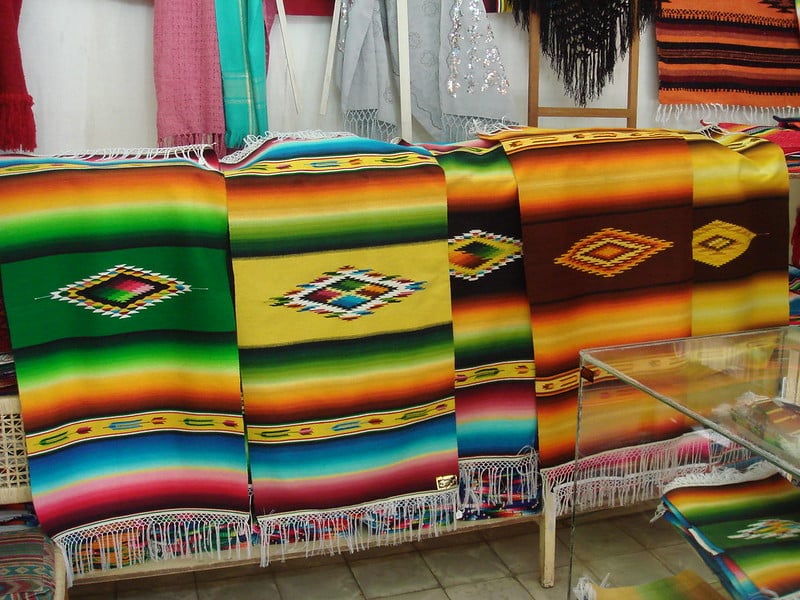
There is no better gift than a handicraft made by Mexican artisans, even better if it keeps you warm during winter.
Although you can practically find shawls, serapes, and capes anywhere in the country, specific towns make the best.
Shawls
The “rebozo” (the Spanish name for a shawl) has become a garment so closely related to our culture that it is a closet staple for many Mexican women.
Its handmade production dates back to 1764 in Santa María del Río, San Luis Potosí.
The idea of a shawl arouse because women needed a garment to cover their heads when entering church.
Santa Maria del Rio is the classic town to buy this textile handicraft. The best ones are made of silk with various designs and colors.
Nowadays, you can find them in other places too:
- Tenancingo, in the State of Mexico (near Mexico City)
- La Piedad, Michoacan
- Santa Ana Chautenpan, Tlaxcala
- Moroleon, Guanajuato
Serapes
As I mentioned at the beginning of this post, the sarape is considered one of the most representative elements of Mexico.
This manly garment -made with cotton or wool fibers- became a true national emblem, similar to women’s shawls.
The best places to get them are:
- Saltillo, Coahuila (the finest ones)
- Santa Ana Chiautempan, Tlaxcala
- Chiapa de Corzo, Chiapas
- Mexico City
Capes
The cape, like the rebozo, is also a feminine garment worn over the shoulders and as a coat during cold weather.
Currently, the shawl or cape, which has an oriental origin, is one of Mexico’s most valued textile crafts, especially in the highlands of Chiapas.
The Tzotzil women of Zinacantán, in Chiapas, are distinguished by their capes of pre-Hispanic origin that resemble a shawl but are worn tied around the neck to cover the back or crossed over one shoulder.
These garments are generally in shades of blue and purple and decorated with detailed flower embroidery.
You can find these capes in n the highlands of Chiapas, specifically in San Cristobal de las Casas, Zinacantan, and San Juan Chamula.

